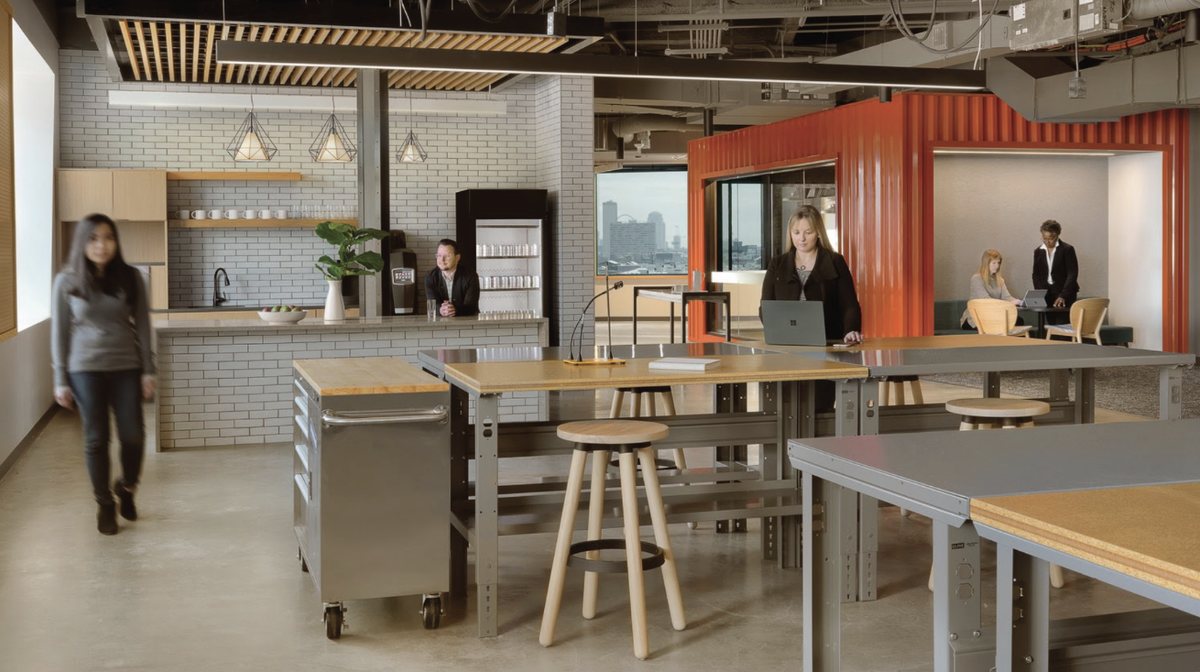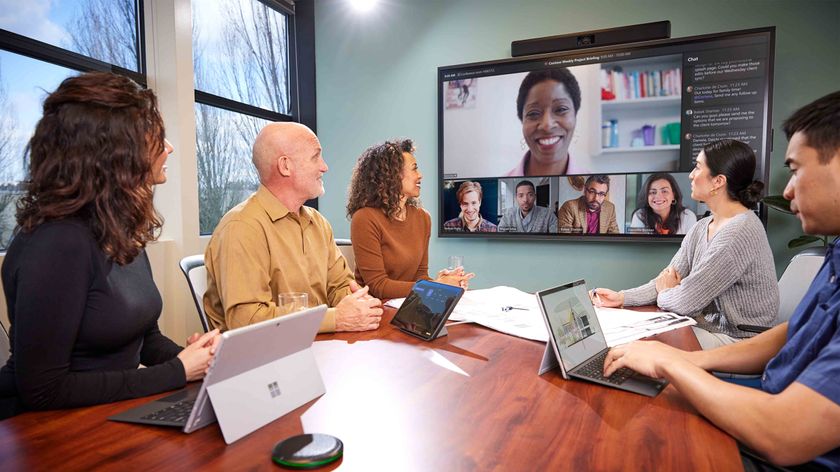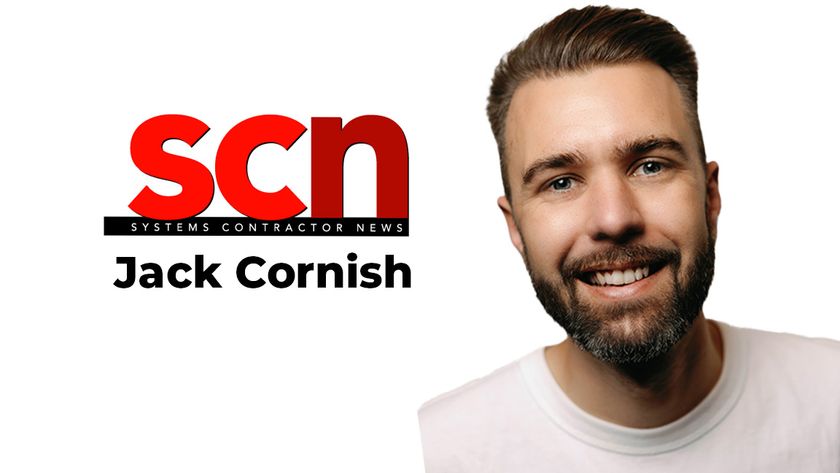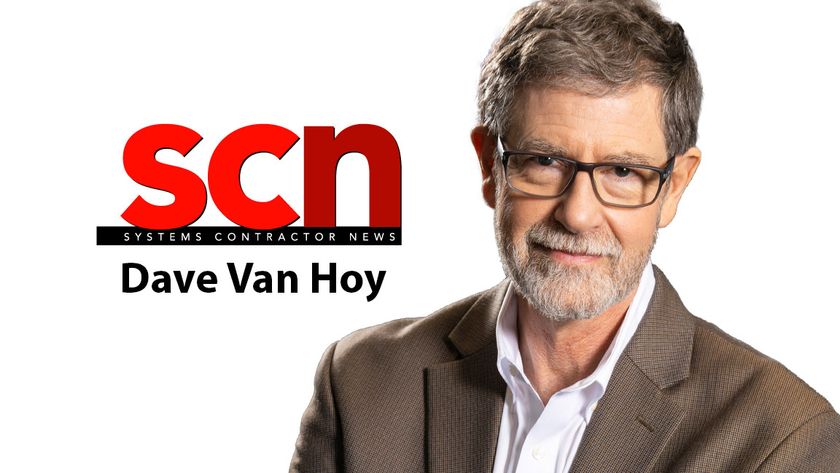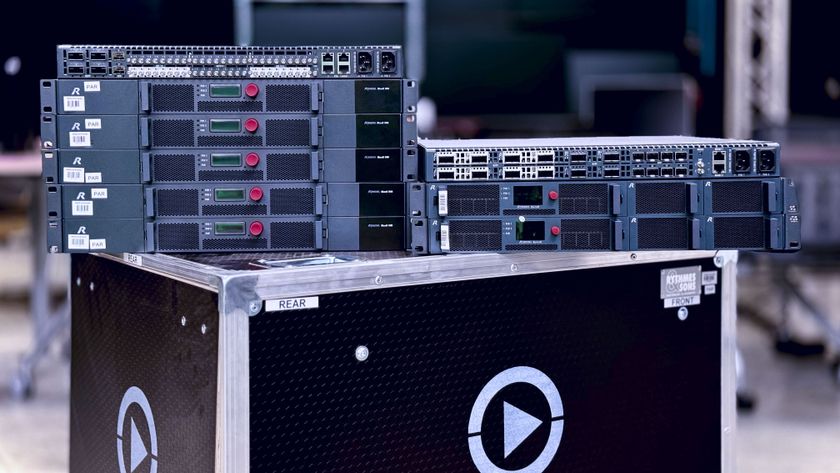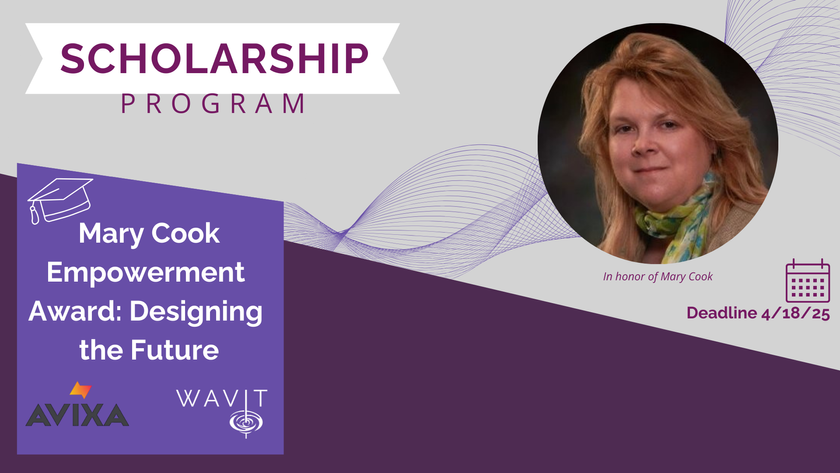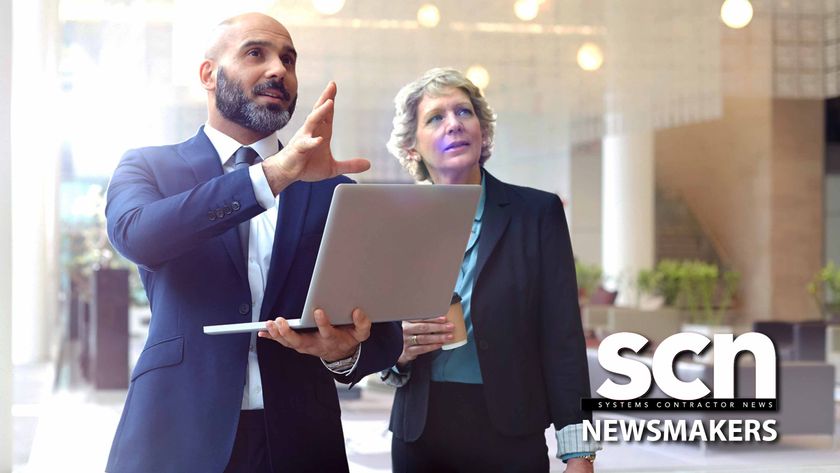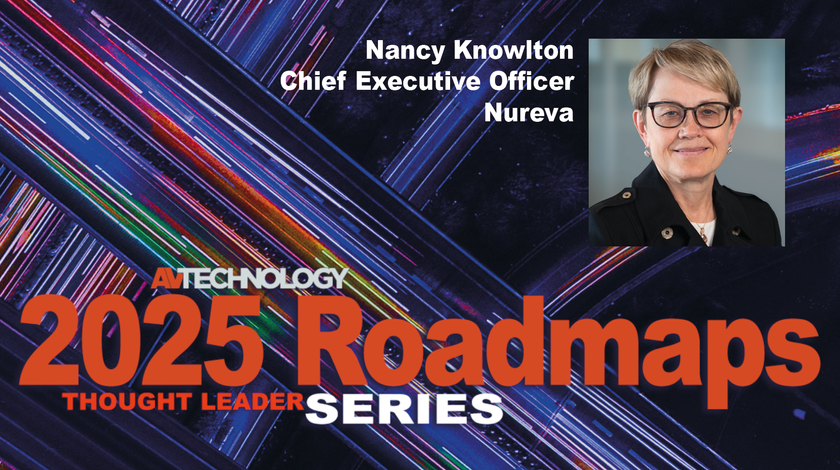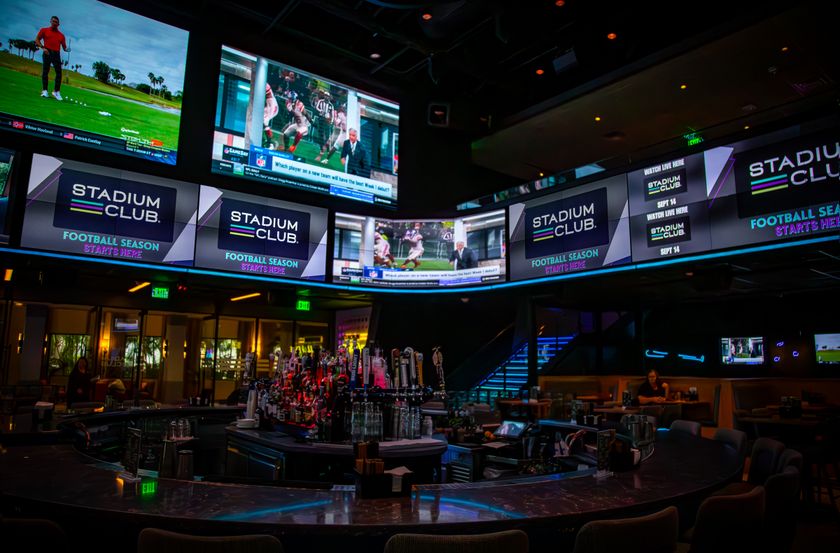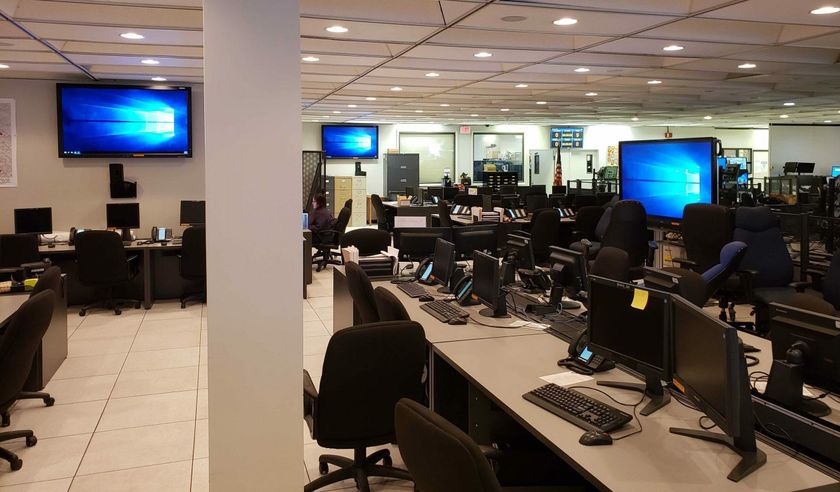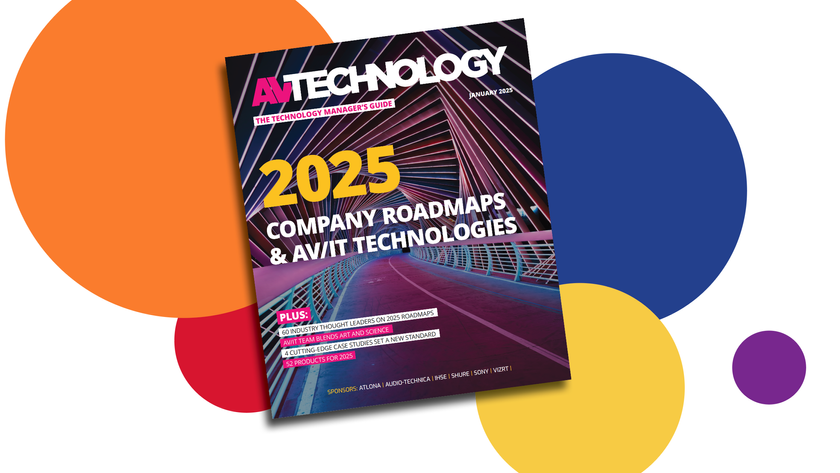We’ve all heard of, and some have lived through, the horror story of the renovated wing or new construction where murals have been painted on the new walls, fancy carpet has been laid, and a built-in espresso machine is ready for brewing. Then, the AV integrator is brought in to add the rote pieces of technology that often don’t get used because nobody asked the stakeholders if they wanted or needed such hardware. Holes are punched in walls because conduit wasn’t part of the plan, and the stories go on. An overstated example, perhaps.
Mark Peterson, principal at technology consulting firm Shen Milsom & Wilke (SM&W), and Kay Sargent, senior principal, and director of WorkPlace at architectural design firm HOK, are passionate about including stakeholders throughout a project to achieve the best outcome.
But Who Are the Stakeholders?

"Stakeholders should remain engaged throughout the project, and even post-construction to capture any lessons learned or steps for a future project.”
A project requires company stakeholders, a design team, and a technology consultant to work in tandem to address the project’s needs and goals. Often, this ambiguous group is less than defined.
“Typically, on a technology project, stakeholders should include professionals from multiple departments, like end users, facilities managers, administrators, technical support, training, security, and information technology,” Peterson said. “While all these areas work together to achieve a project’s goals, it is important to note that organizing your stakeholders upfront is imperative to a project’s success.” Simply gathering all these professionals into one meeting won’t provide the solution. “Stakeholders need to be divided into two camps: a user research group for gathering requirements and feedback, and a steering committee to review results, approve budgets, and proceed with expanded initiatives,” Peterson added. “This organization of stakeholders allows for a proper needs assessment while providing a system of checks and balances.”
SM&W employed a similar process when Group M moved into a new workspace at 3 World Trade Center in New York City. Group M wanted to consolidate several office spaces and shift to open seating workstations. The client brought in HOK as the architect on the project, responsible for incorporating a wide variety of collaboration spaces in a dynamic working environment. “The ultimate goal was to maximize end user’s productivity and creativity,” Peterson said. To ensure the technology going into each space match the client’s workflow, SM&W came on board to help Group M develop a core technology “kit of parts” that could be applied as the foundational technology across all the varied space types. “Through the proof-of-concept phase, we were able to identify challenges within the organization’s internal processes that were needed to support the solution, which was crucial in developing a way forward,” Peterson added.
By bringing stakeholders into a project as early as possible, a complete discovery phase can be performed. “This helps identify spaces, systems, equipment, and even processes that might need attention or require direction to move a project forward,” Peterson said. “Stakeholders should remain engaged throughout the project, and even post-construction to capture any lessons learned or steps for a future project.”
[ The Enhanced Role of Displays in the Workplace and Higher Ed Campus ]
Hybrid Stakeholders Will Reshape Shared Spaces
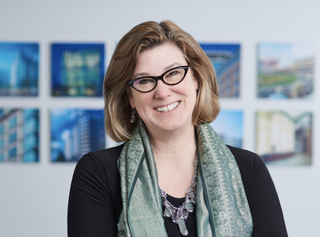
“To make spaces desired destinations, we need to consider offering better technology, more intuitive work points, access to services and amenities, and create meaningful spaces for gathering with clients and colleagues.”
HOK’s Kay Sargent stresses that architectural design teams need to engage with AV/IT pros early in the design phase. “We need to get the insights of the AV/IT pros early before we are locked into spaces and/or solutions that are misfits and hamper success,” she said. “Spaces can’t be successful if we aren’t factoring in all the components that comprise them. And to ensure the AV/IT works, we need to size and proportion the space, accordingly, provide the right furnishings and technology to support the type of interaction and ensure the right acoustic and lighting levels.”
Many companies are adopting a new hybrid model that blends remote work with being in shared workplaces. “Rethinking where we work, and the purpose of place, requires that we also address the logistics of how to do so successfully,” Sargent said.
[ SCN Hall of Fame 2022: Kay Sargent ]
In a hybrid model where people have a choice where they work, Sargent added that we need to ensure we are creating compelling spaces that are enticing enough that people want to be there. “We need to create ‘stickiness,’ spaces that attract people and make them want to stay,” she said. “To make spaces desired destinations, we need to consider offering better technology, more intuitive work points, access to services and amenities, and create meaningful spaces for gathering with clients and colleagues.”
Collect Data
“Going forward, it’s not enough to know meeting spaces are needed; we need to collect and assess material related to the gathering, congregating, and meeting requirements of the occupants and their guest,” said HOK’s Kay Sargent. This may include understanding:
• Type of gathering being held
• Frequency of gatherings
• Number of participants
• Type of activities and engagements conducted during the session(s)
• Tools needed
• Need for and type of information
sharing
• Privacy requirements
• Target protocols and procedures
• Food and beverage requirements
Sargent feels that as the future of work is reimagined, we need to rethink how we gather, connect, and meet to ensure we are creating effective environments. For many that means creating a greater variation of meeting/gathering spaces. “That starts with acknowledging that there are a wide variety of meetings today,” Sargent said. According to David Pearl in his book ‘Will There Be Donuts?’ he notes we need to first focus on the purpose of the meeting and what we are trying to achieve. Are we:
• Passing on, sharing, or disseminating info?
• Educating?
• Getting buy-in?
• Coming to a consensus?
• Co-creating?
Once we know the purpose of our meetings, then we need to allow there are at least seven types of meetings:
• Information sharing
• Decisions
• Selling
• Discussions
• Problem solving
• Innovate
• Social
“Once we know the purpose and type of gathering we are hosting, then we can set the stage and consider the furnishings and tools required to accommodate the need,” Sargent said. “In addition to the setting, we also need to rethink the role of technology.” Not all rooms need a screen, and in some cases, they need a much bigger, more interactive platform. “Aligning the tools with the purpose of the activity is essential to ensure not only functionality but fiscal responsibility.
[ Reconfiguring the Workplace for Collaboration – Thought Leaders Discuss ]
COVID-19 has given us all an opportunity to do better, and even perhaps to do more with less. So, we need to ensure we make the most of it by asking the right questions and involving the right professionals,” Sargent concluded.
